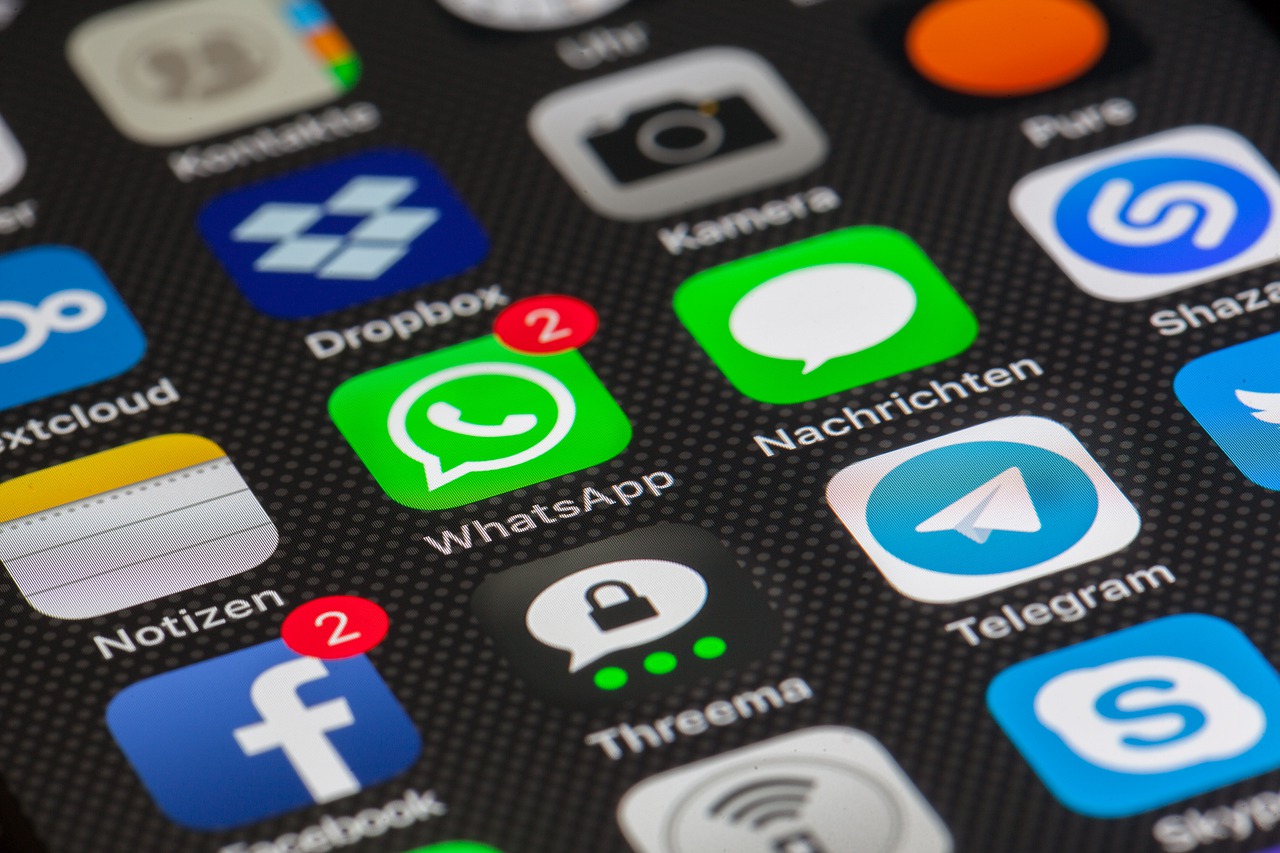Your cart is currently empty!

Social Media in Patients’ Native Languages
Healthcare professionals know from grim experience that their patients get a lot of health information — and misinformation — from social media. The situation is further complicated when we’re talking not about English language social media but about social media in patients’ native languages other than English.
For example, a Lao speaker can watch multiple YouTube videos claiming that COVID-19 vaccinations cause seizures and a variety of other symptoms, including myriad unrelated diseases. University researchers found the same kind of problem in Portuguese.
YouTube has a hard time keeping track of misinformation in English (1.35 billion speakers), let alone in Portuguese (200 million speakers worldwide) or Lao (30 million speakers worldwide). Researchers have found that misinformation shows up higher on Google’s search engine results pages in languages other than English. They concluded that “the information quality algorithm used by Google may work better in English.” Facebook has been called out for the same problem in Spanish, and it is much worse in less common languages.
How can you help your patients who speak other languages get accurate information?
Find out what languages your patients use
You may be able to access census data for your community, or simply ask. When you encounter vaccine hesitancy or other indications that your patient may be meeting misinformation, have accurate information ready to share.
Share accurate information at your website
When you know your patients’ native languages, you can share accurate information at your website.
For Lao, which uses a different alphabet from English, video is the easiest solution. You probably don’t have a Lao keyboard application handy, and you may not have any Lao speakers on your staff.
There are also factsheets you can download and offer.
The same source lists Portuguese, actually, but the link was broken when we accessed it. The point is, information in multiple languages is readily available online. Sharing that information at your website with links to the original pages or by embedding the information can help you get the right information to your patients.
Printing pages out may work, if your patients are literate, but they may not be. Providing online access also allows you to update the information without having to get new printouts to patients.
Email links to patients or provide QR codes to make access easier. Encourage patients to use their phones to access the information while you are with them and assist with QR codes or navigation if need be.
Write things down
In a perfect world, you would always have an interpreter to help communicate with someone whose native language you do not speak. In the real world, it is quite possible that your patient politely nods when you speak, and then heads to Facebook to try to find more information on the words they think you used.
People with limited English usually have someone — their child, neighbor,maybe their supervisor at work — who helps them with English. If you get the sense that your patient does not understand the information you are providing, write the message and encourage your patient to get help understanding it.
Include the web address of your practice website, including the page or pages you offer in their native language. When your web professionals build those pages, they should make sure to use URLs (web addresses) that are short enough for you to write down and to provide QR codes for them which you can print out and give to patients.
Benefit from the web
The internet may not be the first solution you think of when you have communication issues with patients, but in this case it can be your best solution. Your limited-English patients can access the information you want to share with them on their own schedule and get help to interact with it.
They may also share it in their own social media interactions in their native languages, helping with the initial problem of misinformation.
by
Tags:

Leave a Reply